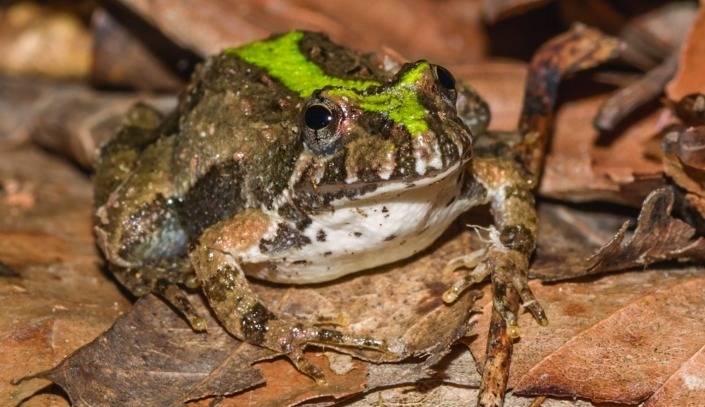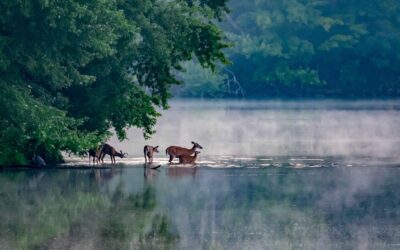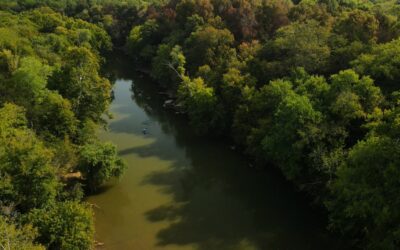Last year—as part of Tennessee Wildlife Federation’s commitment to conserving habitats big and small—we partnered with the National Wildlife Federation to help you create a wildlife habitat in your own backyard. We asked you to provide the essentials for wildlife and then make it official by certifying your habitat through National Wildlife Federation.
And you answered the call. Certified wildlife habitats were popping up in all corners of the state last year. Nearly 300 of them, in fact!
From Memphis to Mountain City, you got your hands dirty making brush piles, creating butterfly puddling areas, installing feeders and even letting your yard grow wild in places so natural food sources could flourish. When you garden for wildlife, you conserve natural resources and apply sustainable practices that let wildlife thrive.
LEARN MORE>> How to provide wildlife the essentials and certify a wildlife habitat
Even whole communities rolled up their sleeves to create and certify wildlife habitat.
The Forest Heights neighborhood in Knoxville earned National Wildlife Federation’s community certification by working to create wildlife habitats throughout their neighborhood. They are part of an elite network of 127 communities nationwide that have achieved this certification.
We’re so thankful to those who have joined the Federation in providing more habitat for wildlife. Now’s the time to carry the momentum into the New Year. Make 2020 the year you certify a wildlife habitat.
To get started, here are a couple of simple tips that’ll make winter a little easier on birds and small animals.
Resist Tidying Up
If you have weedy patches in your yard, you may be tempted to remove the standing dead vegetation. Hold off on that. Not only do insects use these for overwintering and birds use them for cover, but many of these bare stems also have seed heads which are food for chickadees, titmice, and a variety of sparrows. Wait until spring to clean them out.
Pile It On
Every wildlife-friendly yard should have a brush pile. A mound of plant material provides shelter for critters of all kinds, and winter is a great time to work on one. As you gather sticks and leaves that collect on your lawn, place them in heap and add to it every season. Creatures from the microscopic to the eye-catching will benefit from it.




